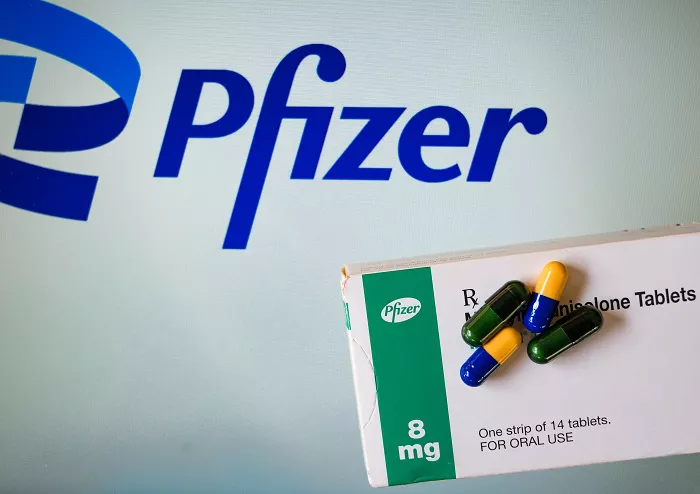The quest for flawless skin often leads individuals to explore advanced technologies, and laser scar removal emerges as a prominent contender in the pursuit of skin rejuvenation. Delving into the intricacies of laser interventions prompts crucial questions: How Does Laser Scar Removal Work? What Is Laser Scar Treatment Like? What to Expect During Laser Treatment Recovery? Is Laser Scar Removal Permanent? This comprehensive exploration unravels the science behind laser scar removal, providing insights into its mechanisms, the treatment experience, recovery phases, and the lasting impact on scars.
How Does Laser Scar Removal Work?
Understanding the mechanisms that underpin laser scar removal lays the foundation for informed decision-making. Laser scar removal harnesses the power of focused light beams to target and break down scar tissue. The process involves the precise delivery of laser energy to the scarred area, stimulating cellular activities that contribute to scar remodeling. The choice between ablative and non-ablative lasers, as well as fractional laser technologies, shapes the strategy employed in scar reduction. Ablative lasers remove thin layers of skin, promoting resurfacing, while non-ablative lasers penetrate without removing skin layers, fostering collagen production. Fractional lasers, a versatile category, create microscopic treatment zones to expedite healing and reduce downtime.
What Is Laser Scar Treatment Like?
The laser scar treatment experience unfolds as a journey marked by precision and tailored interventions. The initial phase involves consultations with dermatologists or laser specialists to assess the scar type, skin characteristics, and individual goals. The actual treatment begins with the application of laser energy to the targeted scar tissue. Ablative lasers, such as fractional CO2 lasers, work by removing surface layers, while non-ablative lasers, like pulsed dye lasers, penetrate the skin without causing surface removal. The choice of laser type aligns with the specific characteristics of the scar and the desired outcomes. The treatment itself is typically conducted in a controlled clinical setting, emphasizing safety and efficacy.
What to Expect During Laser Treatment Recovery?
Navigating the recovery phase is a crucial aspect of the laser scar removal journey, demanding an understanding of what to expect post-treatment. Ablative laser treatments may entail a recovery period marked by redness, swelling, and peeling as the skin undergoes the resurfacing process. Non-ablative lasers, known for milder impacts, often involve minimal downtime, allowing individuals to resume regular activities promptly. Fractional lasers strike a balance, combining efficacy with reduced recovery periods. Post-treatment care becomes paramount, involving sun protection, hydration, and adherence to skincare routines recommended by healthcare professionals. The intricacies of laser treatment recovery underscore the importance of collaborating closely with healthcare providers to optimize outcomes.
Is Laser Scar Removal Permanent?
The permanence of laser scar removal becomes a pivotal consideration for individuals embarking on this transformative journey. While laser treatments exhibit remarkable success in reducing the appearance of scars, complete permanence may not always be achievable. Factors influencing the longevity of results include scar type, skin type, and individual healing responses. The collaborative decision-making process with healthcare providers ensures realistic goal-setting and comprehensive post-treatment care. Acknowledging the potential for significant and lasting improvements, rather than absolute permanence, becomes integral to aligning expectations with the outcomes of laser scar removal.
Challenges and Considerations in Laser Scar Removal
Amid the promise of advanced technologies, it is essential to acknowledge the challenges and considerations inherent in laser scar removal. Old scars, characterized by extensive tissue changes, may pose challenges in achieving complete eradication. The choice of laser type, existing medical conditions, and lifestyle factors contribute to the overall landscape of considerations. Open communication with healthcare providers facilitates a thorough understanding of potential challenges and ensures a collaborative approach to scar reduction. While laser scar removal stands as a powerful tool, realistic expectations and a nuanced approach contribute to optimizing outcomes.
Conclusion
In conclusion, the exploration of laser scar removal unveils a landscape where precision meets transformative science in the realm of skin rejuvenation. The mechanisms underlying laser scar removal, whether ablative or non-ablative, offer tailored approaches to scar reduction. The treatment experience, marked by precision and individualization, underscores the commitment to safety and efficacy. Navigating the recovery phase demands a proactive approach to post-treatment care, nurturing skin resilience and optimizing outcomes. The question of permanence in laser scar removal invites a nuanced understanding, emphasizing significant and lasting improvements. Amid challenges and considerations, laser scar removal stands as a beacon of possibility, offering individuals a transformative journey towards renewed confidence and skin revitalization.
[inline_related_posts title=”You Might Be Interested In” title_align=”left” style=”list” number=”6″ align=”none” ids=”3698,3696,3650″ by=”categories” orderby=”rand” order=”DESC” hide_thumb=”no” thumb_right=”no” views=”no” date=”yes” grid_columns=”2″ post_type=”” tax=””]

































